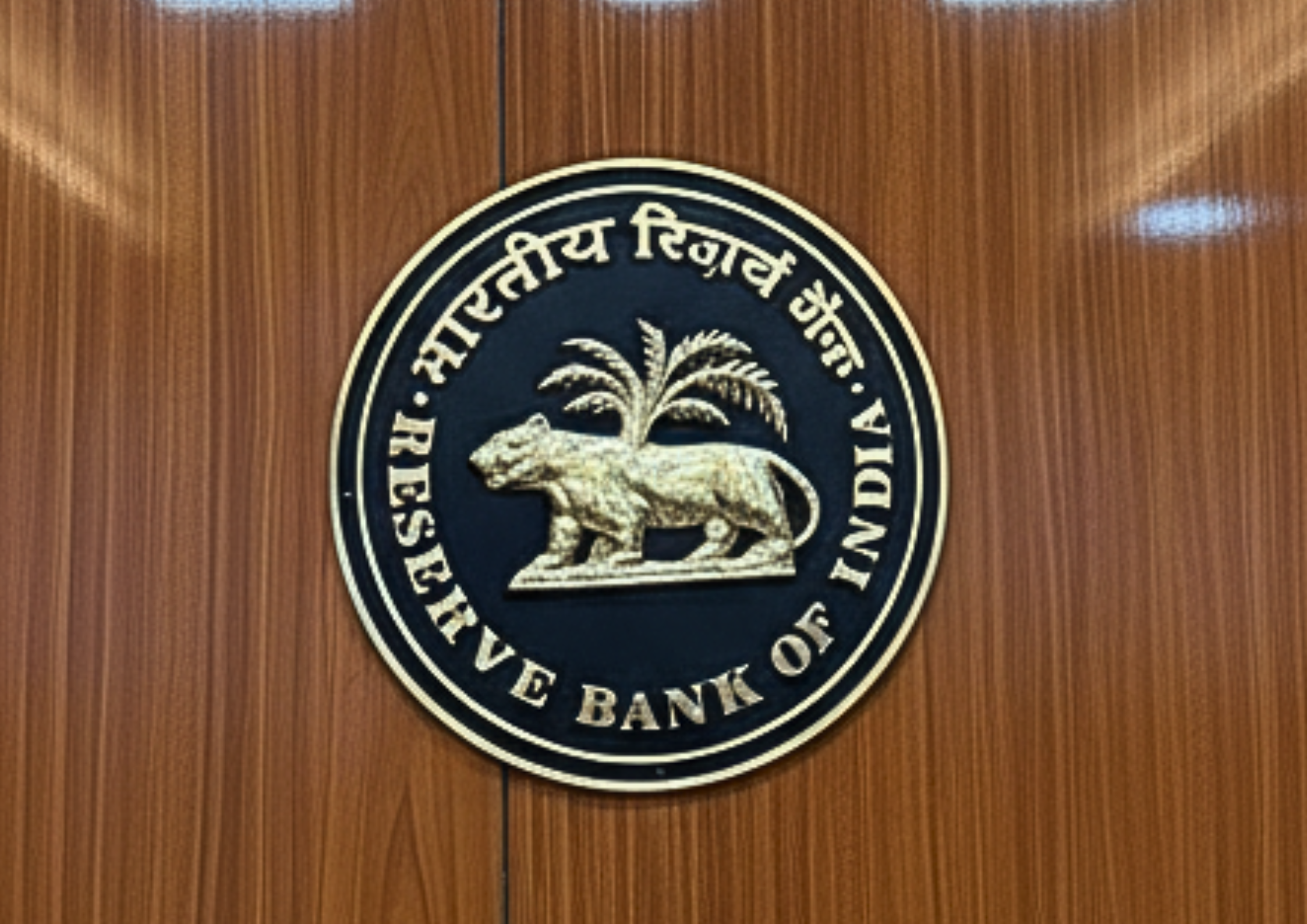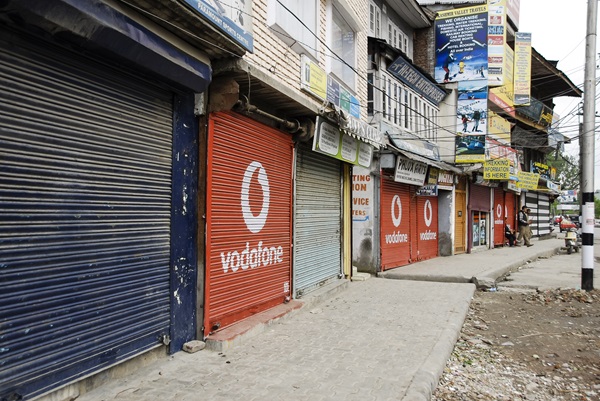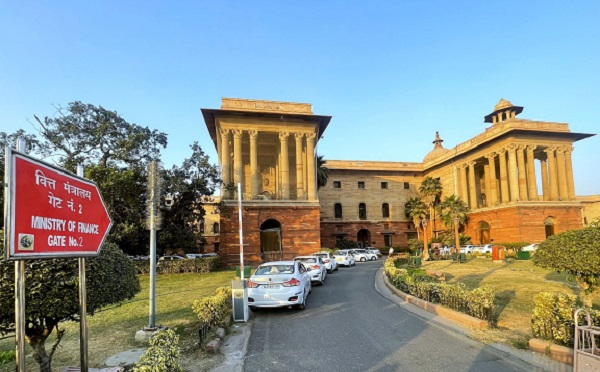.png)

Anupam Sonal, former Chief General Manager at the Reserve Bank of India, is currently Senior Advisor (Regulation, FinTech & Compliance) to Scheduled Commercial Banks.
November 3, 2025 at 6:46 AM IST
A recent Bombay High Court order has reignited debate on the effectiveness and limits of the Reserve Bank of India’s Integrated Ombudsman framework. The court expressed displeasure over the dismissal of a complaint involving an alleged ₹20-million mobile disconnection-led fraud without granting the complainant a personal hearing. While the facts await scrutiny, the case raises deeper questions:
What exactly is the Ombudsman’s role? Where does the bank responsibility end? And what can the system reasonably deliver in a digital era where frauds move faster than redress?
At first glance, the bank in question may not appear directly liable. Yet, if multiple debits occurred in quick succession inconsistent with the customer profile, the bank’s monitoring systems should have raised alerts that could have possibly limited the loss.
If debit notifications were not generated or delivered irrespective of the mobile disconnection, that itself could amount to a service failure. And if the Ombudsman dismissed the complaint without examining these aspects, procedural fairness is open to question. The court’s remarks underscore a growing expectation that grievance systems must not only be efficient but also visibly just.
Introduced in 1996 as a cost-free grievance window, the Ombudsman framework has evolved into a nationwide, technology-driven redress architecture. The decisive leap came with the Reserve Bank Integrated Ombudsman Scheme of 2021 (the Scheme), which unified the three earlier schemes for its Regulated Entities (REs) viz, the banks, NBFCs, and payment service entities into one coherent structure and simultaneously eliminated the jurisdictional limitations. Its Complaint Management System now enables 24×7 online filing, tracking, and resolution anywhere in India. For citizens outside the digital loop, the Centralised Receipt and Processing Centre and call centres ensure full inclusion.
The RBI has also strengthened Internal Ombudsman mechanisms across banks and other REs, embedded data analytics into fraud investigation, and expanded consumer education to improve consumer awareness and cyber-hygiene.
The process remains straightforward: customers first approach the RE with which they hold primary relationship; if unresolved after 30 days, they may escalate to the RBI Ombudsman, who can order reversal of wrongful debits, refund of fees and charges, compensation for lapses, or systemic corrections. Appeals lie before the Executive Director-level Authority at RBI. A volume-based disincentive framework empowers RBI to recover costs of complaint handling from outlier banks.
The reforms accelerated resolution, improved transparency, and broadened inclusion. The scale underscores credibility. In 2023–24, the RBI received 930,000 complaints, a 33% annual rise, and resolved over 95% within about a month. Loans, digital banking, and deposits dominated the docket. These figures reflect growing public trust in the system, but they also fuel rising expectations. Many customers now expect not only quick but generous outcomes, especially in fraud cases, even when the fault or liability of REs is limited or absent. Balancing empathy with prudence has become the new policy challenge.
Much of the criticism arises from this expectations gap.
Fraud victims often see the Ombudsman as a court of last resort that will inevitably rule in their favour. In truth, it is a quasi-judicial forum bound by rules and evidence, acting only on proven deficiency in service in respect of REs covered under the Scheme. Where “the fault lies elsewhere,” or customer negligence is involved, the Ombudsman has limited room to grant relief, notwithstanding the compassion for the complainant. Many frauds straddle multiple domains across bank systems, telecom networks, and other intermediaries, where responsibility is diffuse. Shielding banks from failures beyond their control is essential to preserve prudence and prevent moral hazard. That said, Ombudsmen do routinely factor in alert failures, anomalies, and response lapses to decide partial or full liability. A large number of cases end in conciliation or good-faith settlement.
Hearings are generally written rather than oral, consistent with the summary design of the Scheme, predominantly meant for lay customers without lawyers, fees or procedural friction. Also, the Ombudsman is not a forensic tribunal, nor does it command any investigative arms. Even so, most Ombudsman offices voluntarily go beyond the mandate, reviewing extra documents, allowing clarifications, and offering personal hearings.
Does the system err? Occasionally, yes. It is human-run and resource-stressed. Yet almost all Ombudsmen operate with rigour and balance, offering evidence-based, reasoned decisions, even as surging volumes and fraud disputes continually stress the system.
The RBI Ombudsman has become a cornerstone of financial trust, bridging regulatory intent and citizen confidence. It rests on the principles of natural justice, digital access, reasoned orders, equal opportunity to be heard, and transparency through annual public reporting. Still, its next phase demands stronger capacity, technology, investigative tools, and training to match rising complaint volumes and fraud sophistication.
Consumer protection is an ecosystem, not a single desk. Its strength lies in the compliance culture of regulated entities, where internal discipline and customer awareness reduce grievances at the source. As India’s data-finance stack expands through DPDP, Account Aggregators, UPI, and e-KYC, redress must evolve from post-event dispute handling to proactive trust-governance. This means real-time surveillance, shared accountability among banks, telecoms, and payment intermediaries, and structured mediation for complex cases. Prevention must precede compensation. A further review of the framework is in the offing as evident from RBI Statement on October 2025 Monetary Policy and may look into these aspects.
Ultimately, the goal remains unchanged: swift, fair, and proportionate resolution, balancing empathy with prudence. Done right, the Ombudsman will remain what it already is - India’s quiet but indispensable establishment of financial justice.




